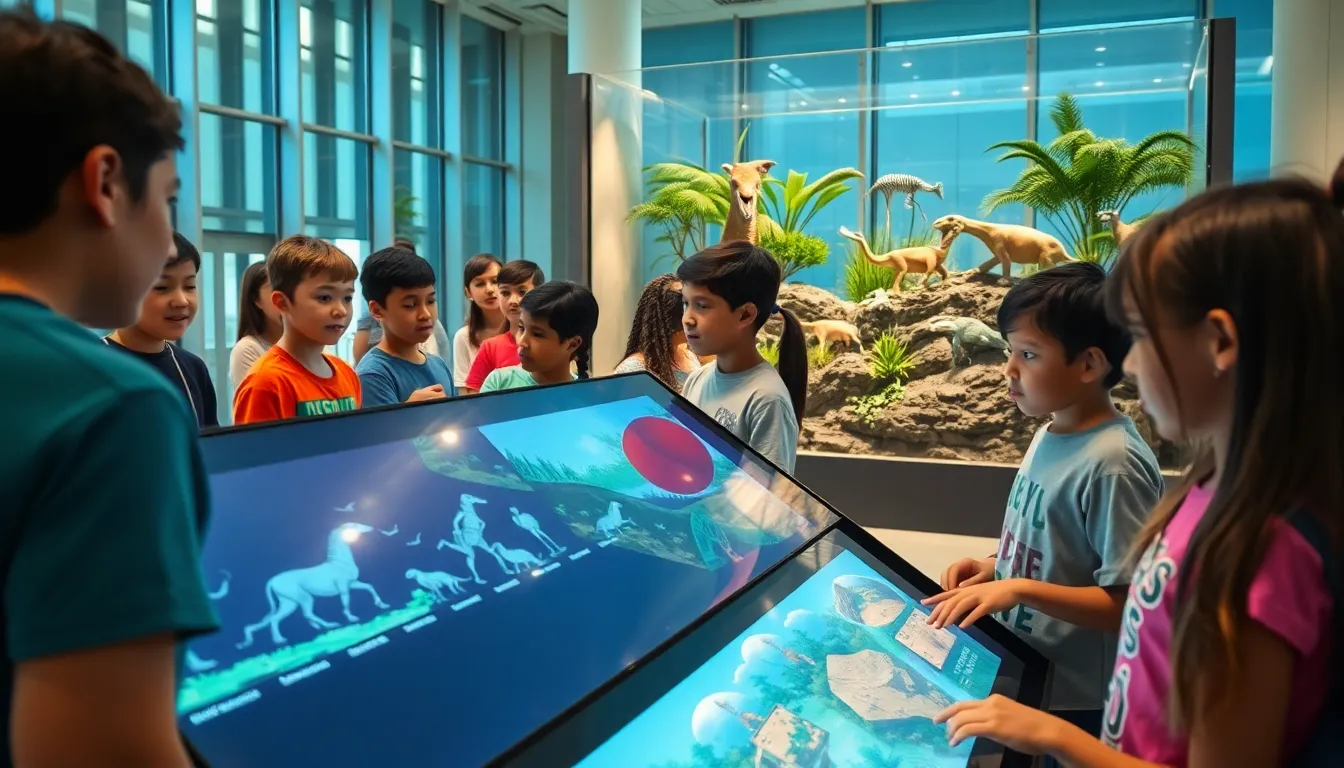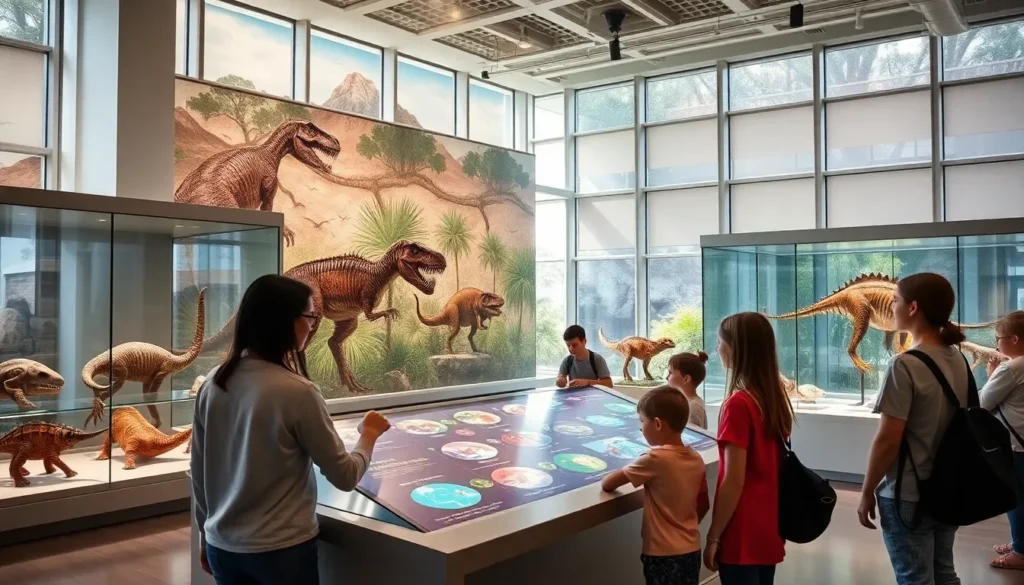Ever wondered what the dinosaurs really looked like? Or how exactly that ancient fish evolved to become your favorite pet goldfish? Welcome to the world of evolution life science museums, where curiosity fuels discovery. These institutions aren’t just dusty halls filled with skeletons: they’re vibrant spaces full of innovative exhibits and cutting-edge technology designed to make the study of life both engaging and fun. Join us as we explore how these museums make science come alive, from technology-driven displays to interactive experiences that keep visitors coming back for more.
Table of Contents
ToggleThe Importance of Evolution in Life Science Education

Evolution serves as the backbone of life science education, influencing everything from biology to ecology. Understanding how species adapt over time is not merely a classroom exercise: it’s a foundation for grasping our place in the ecosystem. This knowledge empowers students to appreciate biodiversity, recognize the impact of human activity on species, and inspire the next generation of scientists who will tackle pressing environmental issues. By highlighting the principles of evolution, life science museums create spaces where education transcends traditional learning. They offer hands-on experiences that ignite curiosity, encouraging individuals of all ages to contemplate their role in this vast tapestry of life.
Historical Overview of Life Science Museums
The concept of life science museums dates back to the 18th century when natural history collections first found their way into public view. Early museums focused heavily on taxonomy, categorizing specimens to better understand the natural order. Over the years, these institutions evolved from simple curiosity cabinets to comprehensive learning environments. The 19th century, in particular, saw a surge in museum attendance, a testament to society’s growing interest in science and natural history. As we moved into the 20th century, life science museums sought to enrich the visitor experience by incorporating visual displays and specimens that told a story, connecting people to the natural world and showcasing the wonders of evolution.
Modern Innovations in Evolution Exhibits
The modern era has ushered in a slew of innovations tailored to engage and captivate museum-goers. Museums are now implementing technologies that turn passive viewing into active participation.
The Role of Technology in Engaging Visitors
From touch-screen displays that allow visitors to probe deeper into complex topics to gamified learning stations targeting various age groups, technology has transformed how information is conveyed. Gone are the days of simple placards: today, interactive apps and augmented reality experiences elevate the way visitors interact with exhibits. These tools offer a multi-sensory approach, making it easier to grasp difficult concepts of evolution.
Interactive Learning Experiences
Also, interactive learning experiences encourage deeper engagement. For instance, many exhibits allow visitors to engage in role-playing scenarios, acting as researchers or paleontologists. This immersive approach not only makes learning enjoyable but also fosters a sense of empathy towards living organisms.
Virtual Reality and Augmented Reality Applications
Virtual reality and augmented reality are at the forefront of museum technology, providing unprecedented ways to explore evolutionary history. Imagine strapping on a VR headset and stepping into the prehistoric past, where you can come face to face with a T-rex or swim alongside ancient fish in their natural habitats. These applications provide a level of immersion that traditional displays simply cannot match. They transport visitors through time, offering insights into evolutionary milestones, making the journey not just educational but also exhilarating. The interactive nature of these experiences fosters retention, as visitors aren’t just passive observers: they are part of the story.
Case Studies of Notable Life Science Museums
Taking a closer look at specific life science museums reveals a plethora of innovative practices. Notably, the American Museum of Natural History in New York City serves as a beacon of excellence in exhibit design and educational outreach. Their Hall of Evolution engages visitors through dynamic displays featuring not only fossils but interactive learning stations that challenge misconceptions about evolution. Another standout example is the California Academy of Sciences, which encompasses an aquarium, planetarium, and natural history museum under one roof. Their unique approach to combining these disciplines encourages cross-disciplinary learning, illustrating the interconnectedness of all life. Each of these institutions leverages their resources to create transformative experiences that redefine public understanding of evolution.
Challenges Facing Life Science Museums
Even though their successes, life science museums are not without challenges. Funding constraints pose significant hurdles, limiting the ability to acquire new specimens or integrate the latest technologies. Also, there’s the constant challenge of attracting visitors in an age where digital distractions are omnipresent.
Future Trends in Evolution Life Science Museums
Looking forward, museums are poised to adapt by focusing on community engagement and collaboration. As stakeholders recognize the importance of hands-on learning and real-world applications, partnerships with educational institutions, local businesses, and even government agencies will gain traction. This collaboration can enhance resource-sharing and foster a more inclusive environment conducive to diverse learning styles.
Enhancing Community Engagement and Outreach
To truly thrive, evolution life science museums must become more than mere repositories of knowledge: they need to serve as community hubs. By hosting workshops, lectures, and family-friendly events, these institutions can cultivate a passion for science beyond their walls. Engaging with schools and local organizations will help integrate museum resources into curriculum-based learning, empowering students to become lifelong learners. Such efforts not only build a loyal visitor base but also strengthen the museum’s relevance in an ever-evolving educational landscape.






